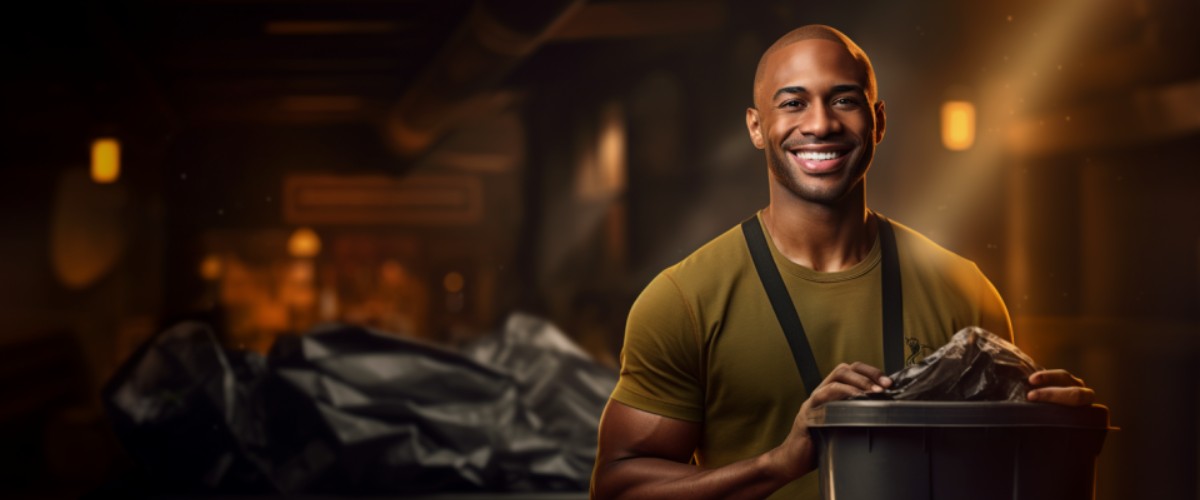As we stride into a greener future, we’re all on the look-out for simple, practical ways to lend Mother Earth a helping hand. And guess what? It can start right in our own homes, with something as straightforward as recycling. So today, we’re exploring the exciting world of recycling in South Africa and how each one of us can play a part in preserving our beautiful country.
Did you know that South Africa recycles a higher proportion of its plastic waste than Europe? Impressive, right? In 2018, we recycled a whopping 46.3% of all plastic waste, compared to Europe’s 31.1%. South Africans have proved time and again that we’re committed to making a difference, and with a bit more knowledge and effort, we can ramp up our recycling game.
So, how does recycling actually work in South Africa, and how can we each contribute to the process? Strap in, folks, we’re about to take a whirlwind tour of recycling basics!
First, let’s get to grips with the ‘why’. You might wonder why you should bother separating paper from plastic, metal from glass. The answer is simple. When we recycle, we save energy and resources, reduce pollution, and help create jobs. It’s a win-win for our environment and our economy!
The recycling process starts at home, with you and me. Begin by setting up a separate bin for recyclables – paper, plastics, metal, and glass. You’ll be amazed at how quickly it fills up. Each municipality has different waste collection processes, so do a quick internet search to find out what happens in your area.
For instance, in the City of Johannesburg, you’re provided with a clear bag for recyclables, collected fortnightly. In Cape Town, there’s a ‘think twice’ collection service. And in Durban, you’ll find conveniently located drop-off centres. So, it’s as simple as researching, preparing, and doing your bit!
Now that you’re separating your waste, what’s the journey of a plastic bottle or a newspaper after it leaves your bin?
Well, it travels to a Material Recovery Facility (MRF), where it’s sorted and packaged. For instance, plastics are sorted into different types (PET, HDPE, LDPE, etc.), and then squashed into bales. From there, these bales are sold to companies that transform them into new products, from garden furniture to clothing. Even the humble plastic bottle can have quite an adventurous life!
Of course, recycling isn’t the end-all and be-all of waste management. It’s also important to reduce and reuse. For example, shopping with reusable bags, composting your food waste, or buying products with less packaging can significantly reduce the amount of waste you produce. Plus, you can sell or donate items you no longer need instead of throwing them away.
South Africans are resourceful and innovative, and there are plenty of local initiatives and businesses that support recycling and sustainability. Organisations like PETCO and Recycle 1st are doing phenomenal work in making recycling easy and accessible.
Getting started with recycling may seem like a small step, but remember, every little bit helps. It’s the collective effort of millions of South Africans that will make a big difference. In the words of Archbishop Desmond Tutu, “Do your little bit of good where you are; it’s those little bits of good put together that overwhelm the world.”
So, let’s start overwhelming the world, South Africa. Get that separate bin ready, do a little research, and let’s do our part to preserve this gorgeous country for generations to come!








